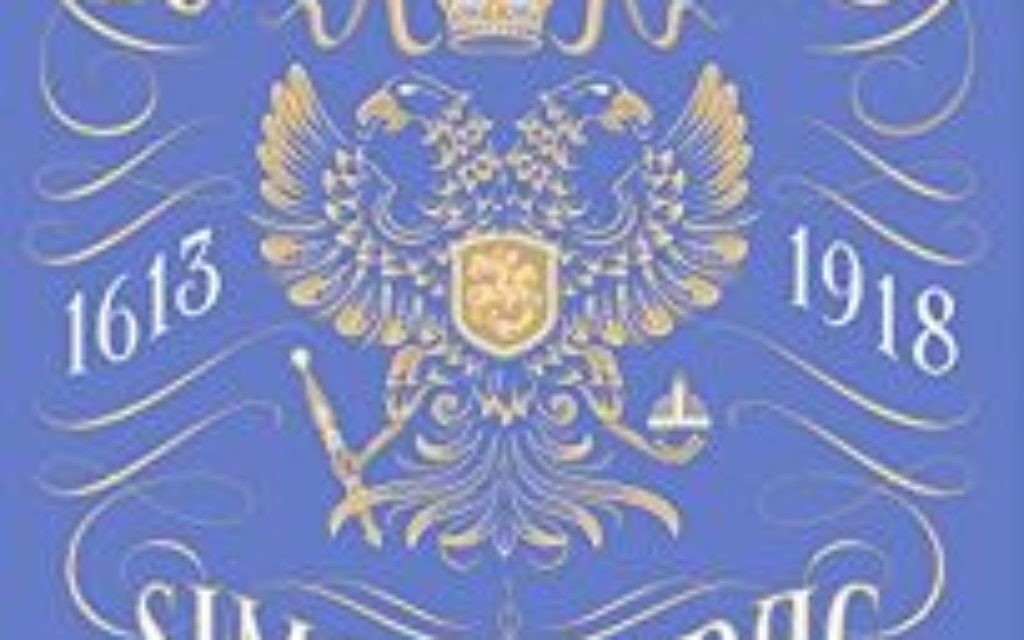Sex, Booze and Caviar
Jews have not had much luck with royal dynasties through the centuries. We have been slaughtered, oppressed and exiled by Roman emperors, Middle Eastern caliphs, Iberian kings and queens, and assorted other European rulers.
But at least since Ferdinand and Isabella kicked us out of Spain in 1492, no dynasty has had a bigger effect — almost entirely negative — on the Jewish people than the Romanovs, who ruled Russia and its growing empire from 1613 to 1917. They abided if not encouraged pogroms, wiped Poland off the map, gathered Jews within the Pale of Settlement and expelled Jews from the nation.
But we tend to view the entire dynasty through various external perspectives:
Get The AJT Newsletter by email and never miss our top stories Free Sign Up
- After the horrors of the Soviet Union, the post-tsar “Evil Empire,” we look back at Nicholas II as a tragic figure who would have been better than Lenin, Stalin and so forth if he hadn’t fallen under the spell of Rasputin or been sucked into World War I.
- We think of the two greats of the 18th century, Peter at the start and Catherine at the end.
- We watch Napoleon’s desperate, broken French army retreat from Moscow after running out of time but never space against Alexander I.
If that brief list doesn’t ring a few bells and perhaps get you thinking about other Romanov moments — from wars and rivalries against Sweden, Poland, Turkey, England and Japan to serfdom, hemophilia and the battleship Potemkin — you should stay away from “The Romanovs,” Simon Sebag Montefiore’s massive, meticulously researched and documented group biography.
Montefiore, an Englishman who has made a career of Russian biographies, is not writing a comprehensive history of Russia under the Romanovs. Instead, much as Suetonius took us inside the private lives of the Caesars, so Montefiore goes behind closed Kremlin and Winter Palace doors by using journals, letters and other archival materials, many never before published but liberated by the fall of Soviet communism. To avoid writing something approaching the scale of Edward Gibbon’s “Decline and Fall of the Roman Empire,” Montefiore just assumes his readers know the world and domestic history buffeting the tsars.
This is not the book to read to learn why Napoleon failed, what drove the popular uprisings of 1905, why Jews were scapegoated in pogroms, and how Russia grew from a rump nation in chaos when the first Romanov tsar, Michael I, was handed the crown as a boy in 1913 into the largest nation in the world by the time Nicholas II abdicated to his brother, Michael II, 304 years later — only for Michael to abdicate a day later and end the dynasty.
But if you want to learn about who these royals were, how they mixed dedication to the Russian Orthodox faith with a bottomless thirst for vodka and nearly insatiable sex drive, “The Romanovs” is surprisingly fun, thanks to Montefiore’s excellent writing.
No matter what, don’t skip the footnotes. They fill out the stories of some of the fascinating supporting cast in this three-century, Kardashian-like romp and allow Montefiore to apply some of his historian’s flair.
When you’re rolling with “The Romanovs,” you’re sure to have a wild time.
The Romanovs: 1613-1918
By Simon Sebag Montefiore
Alfred A. Knopf, 816 pages, $35






comments